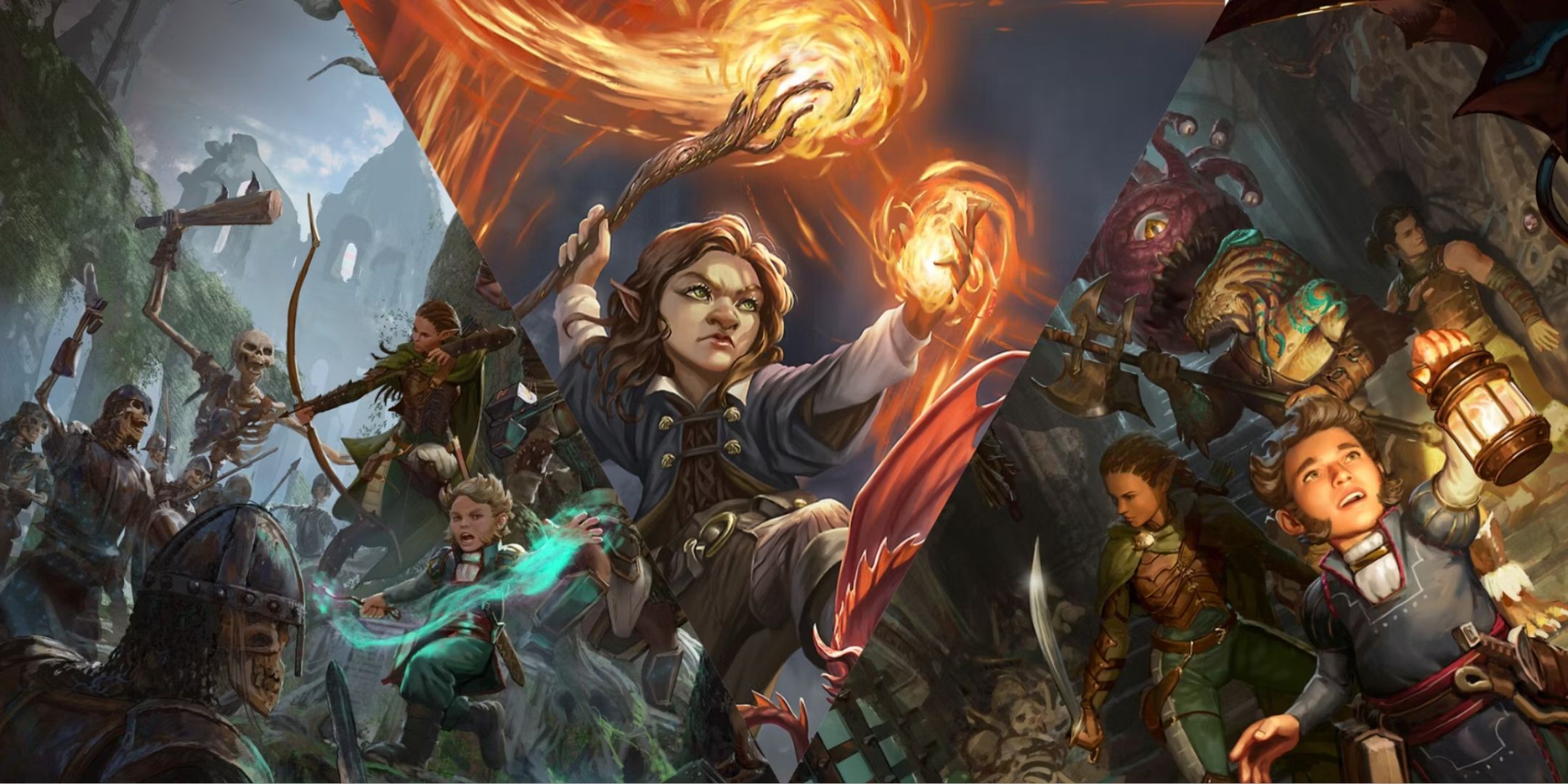
Why decide between the abilities of two classes when you can have both? Multiclassing is a rule standard in Dungeons & Dragons that allows a player to be assigned to multiple classes simultaneously. Whether for roleplay reasons or to maximize their character’s abilities, Multiclassing is a common thing for players to accomplish.
RelatedDungeons & Dragons: Best Multiclass Combinations
In Dungeons & Dragons, multiclass characters can be a godsend or a game-ender. These are the best multiclass options out there.
PostsFifth edition Dungeons & Dragons is known for providing players with as much creative freedom as possible, and Multiclassing is a perfect example of that. A common struggle, especially among newer players, is not wanting to commit to a single class for their character’s lifespan. However, through multiclassing, you can mix and match to take advantage of the class features that you want.
What Is Multiclassing?
A general description of multiclassing is having a character take levels in two or more classes instead of just defaulting to a single one. A key point discussed later is that you can multiclass with as many classes as you want (as long as you follow the guidelines).
For example, a player may choose to have a Human Fighter/Rogue or a Half-Elf Paladin/Bard/Fighter.
How To Multiclass A Character
Image credit (left to right: Tasha's Cauldron of Everything by Magali Villeneuve / Tavern Bard by Rob Rey / Triumphant Adventurer by Alexander Mokhov)Much like choosing a single class, each class has an ability score requirement to be able to use it.
Class
Minimum Ability Score Required
Barbarian
Strength 13
Bard
Charisma 13
Blood Hunter
Strength/Dexterity 13 & Intelligence 13
Cleric
Wisdom 13
Druid
Wisdom 13
Fighter
Strength/Dexterity 13
Monk
Dexterity & Wisdom 13
Paladin
Strength & Charisma 13
Ranger
Dexterity & Wisdom 13
Rogue
Dexterity 13
Sorcerer
Charisma 13
Warlock
Charisma 13
Wizard
Intelligence 13
After ensuring you have the minimum ability scores for each class, you can split your current total level between the classes you wish to encompass. An example of multiclassing on a technical level is a level thirteen player splitting their levels between two classes; the mentioned player may put seven of those levels in the fighter class while putting the other six in the cleric class.
If you use DnD Beyond, multiclassing can be managed for each character on the class tab in the character creation window. At the top-right corner, you will mark down what levels you want for each class.
As mentioned, you can multiclass into more than two classes if you meet the requirements. However, spending so much of your total character level between multiple classes may prevent you from using more powerful abilities.
Features Granted Through Multiclassing
Legion Loyalty by Aaron J. RileyMechanically speaking, multiclassing is no different than having two character sheets of different classes for the same player. Taking our previous example, the character sheet above would be designated as a Fighter 7/ Cleric 6, which means you can use a Fighter’s abilities up to level seven and a Cleric’s abilities up to level six.
Another thing to consider is subclasses is that, since most subclasses are unlocked at the third level for each class, you can take advantage of the subclasses for multiple classes as long as you meet that level requirement. Using our example again means the player can be a Fighter 7 (Battle Master) / Cleric 6 (Light Domain), which is completely within the rules.
Multiclassing provides a player with endless possibilities for character builds, granting them the freedom to create extremely powerful combinations.
NextDungeons & Dragons: How To Build A Multiclass Bard-Paladin
Learn the fine art of juggling charisma and conviction.
Posts












